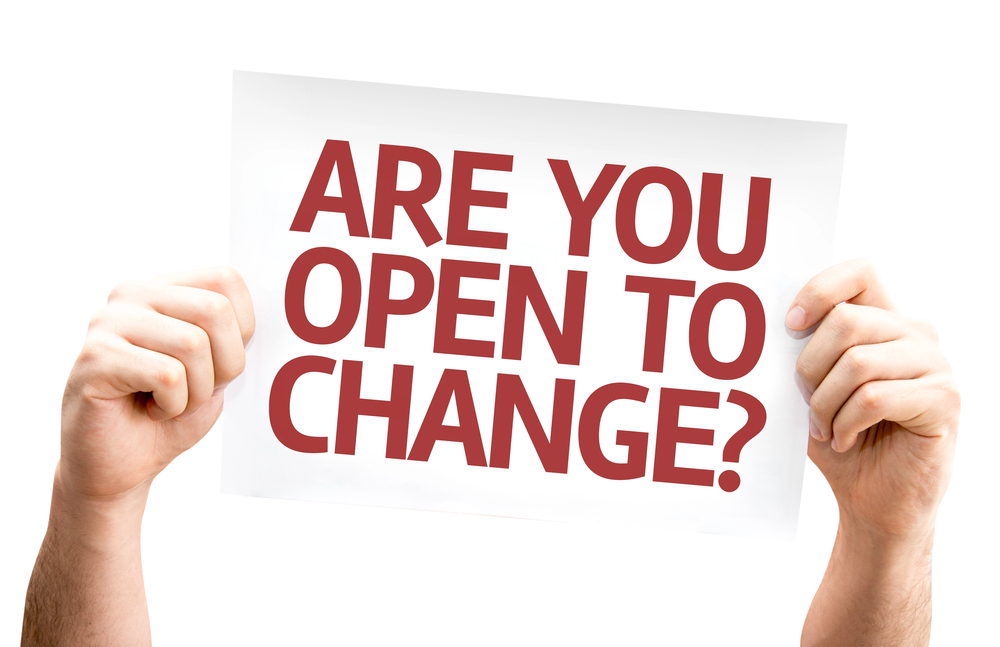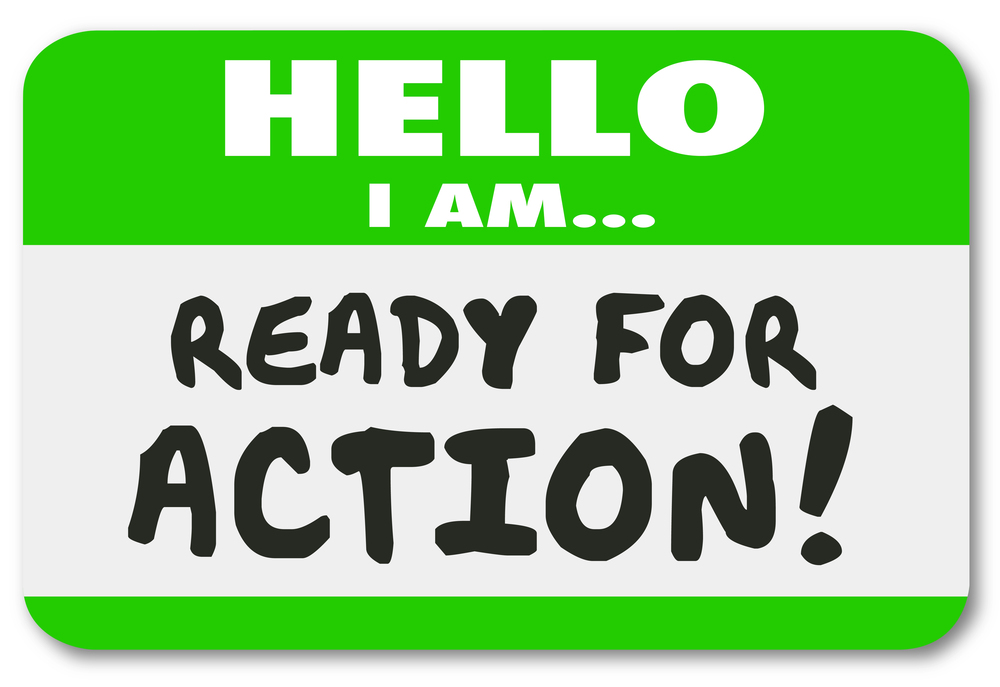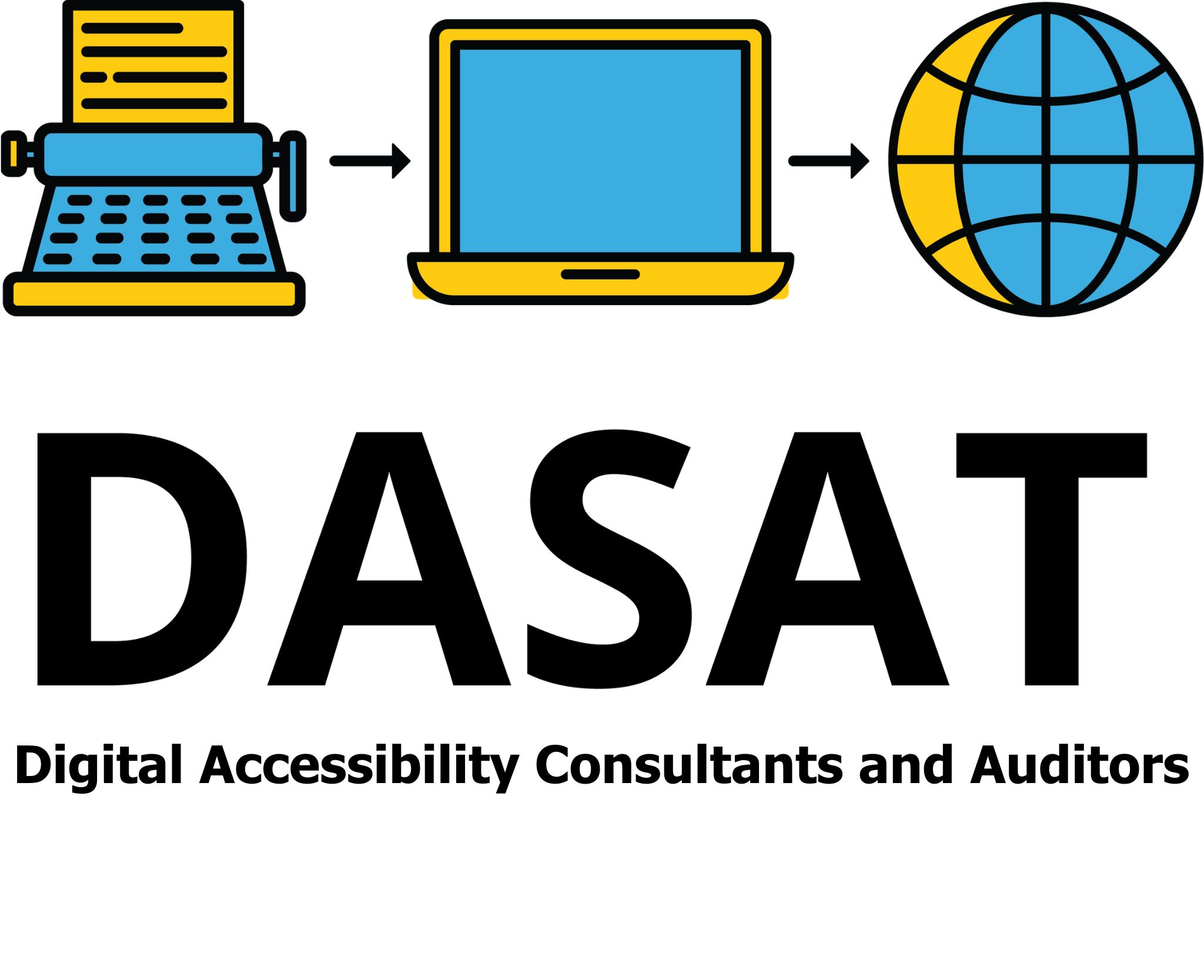
Why does the hospitality industry lack digital accessibility?
Can it be fixed?
Accessibility in the hospitality industry should be a part of standard operating procedure. It’s often an afterthought. Whether it’s a restaurant without ramps or a hotel booking site that doesn’t work with a screen reader or braille device, people with disability continue to face barriers when trying to enjoy every day experiences. This isn’t just a one-off problem. It’s a widespread issue, both physically and digitally. So, what’s going wrong? Can it be fixed?

What are the problems?
- Physical Access Is Still Missing. Many cafés, bars, restaurants and hotels still fail the basics. Steps at entrances, narrow walkways, heavy doors, small toilets, and no or little accessible parking are just a few examples. Often these places are in older buildings. However, that’s not an excuse. Renovations, outdoor seating areas, and even event spaces are often updated without accessibility in mind.
- Digital Access Is Often Overlooked. Most people book tables, order food, or check menus online, digital access is important. Yet many hospitality websites and apps are:
-
- Not compatible with screen readers
- Missing image descriptions (alt text)
- Poorly structured for keyboard navigation
- Lacking in colour contrast or font readability
For people with vision impairment, mobility issues, or cognitive disability, this makes booking a simple meal or stay unnecessarily hard, if not impossible.

Local or Widespread?
This is a general issue, seen across Australia and across the world. Regional areas often have fewer accessible venues, but even in major cities, it’s hit-and-miss. Accessible hospitality shouldn’t be based on potluck. The bigger issue is that accessibility isn’t part of the core thinking in hospitality design. It’s treated like a “nice-to-have” rather than a must-have.

What’s Behind the Problem?
- Lack of Knowledge and Training. Many business owners and managers just don’t realise what accessibility involves. They may not know the laws under the Disability Discrimination Act, or the basics of Web Content Accessibility Guidelines (WCAG).
- Fear of Cost. There’s a common myth that accessibility is expensive. However, in many cases, small changes make a big impact. Inclusive design often benefits everyone.
- Poor Prioritisation. The world of hospitality is fast paced. Owners juggle bookings, staffing, and rising costs. Accessibility often drops to the bottom of the list unless someone raises it directly.

Can it be fixed?
Yes, and it needs to be.
Accessibility isn’t just a legal or moral issue. It’s good business. Over 4.4 million Australians live with disability, and they dine out, go on holidays, and spend money like anyone else. If your venue or website shuts them out, you’re losing customers.
A good example is The Blind Chef Café in Penrith. Founded by a person with a severe vision impairment meant that accessibility was built in from the start. Doorways were wider. Table layout was done very deliberately to ensure physical accessibility. Menus were available in braille, large print and standard design. All staff were trained to understand the needs of people with disability, the elderly and the general community. The café ensured that marketing included mention of the accessibility considerations for the community. The result was a very successful business that had people coming from all over Sydney to eat at the café. The second outcome was that other businesses in the area followed suit.

Step-by-Step Plan for NDIS Providers
- Use Technology Like Cérge
Cérge is a digital concierge app designed to help people with disability communicate their access needs before arriving at a venue. It allows customers to share support preferences with venues, helping businesses prepare and provide a better experience. - Make Websites Accessible with KN Website Design
KN Website Design offers WCAG-compliant, user-friendly websites that work for everyone. This means customers using screen readers, voice input, or keyboard navigation can still explore your menu, make bookings and interact with your brand—without barriers. - Improve Customer Experience with Meet Aandi
Meet Aandi work with business to ensure that videos are correctly captioned and audio described. The team remediate PDF (think menus) to ensure that they are accessible. The outcome is menus and video that are accessible to everyone. - Ensure that you get your website checked to ensure conformance with WCAG. That is the passion of DASAT.

Quick Wins
- Add alt text to all online images
- Install ramps or offer portable options
- Widen pathways to allow wheelchair access
- Use large, easy-to-read fonts on menus and websites
- Train staff on disability awareness and inclusive customer service
- Make online booking systems accessible

Will It Be Costly?
Not necessarily. Many fixes are low-cost or one-off expenses. Updating a website, adding tactile signage, or creating a quieter seating area can be done without major renovations. The return on investment comes in the form of more customers, better reviews, and a stronger reputation.

Final Thoughts
The lack of accessibility in hospitality isn’t just a mistake. It’s a missed opportunity. With the right knowledge, smart tools, and a mindset shift, the industry can change. Accessible design makes things better for everyone, parents with prams, older people, people with disability, and even delivery workers.
It’s time for the hospitality industry to open its doors fully, online and off.
